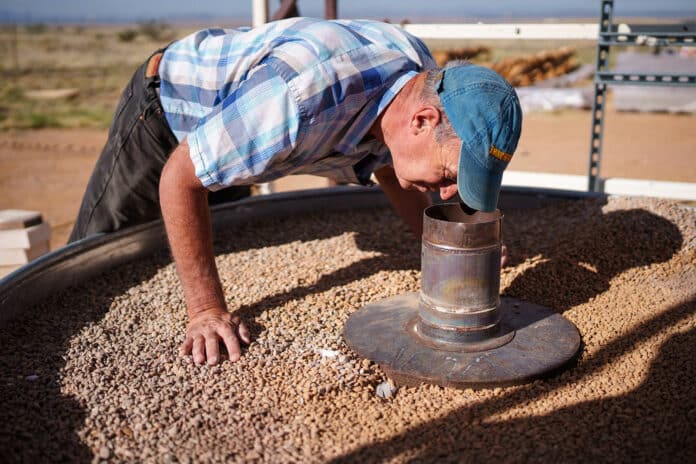One of the main challenges of renewable energy sources such as solar and wind is their intermittency. Unlike fossil fuels, which can be burned on demand, renewable sources depend on natural conditions that are not always predictable or controllable. Therefore, storing energy from renewable sources is essential to ensure a reliable and stable supply of electricity for various applications.
There are different methods of storing energy from renewable sources, such as batteries, pumped hydro, compressed air, flywheels, thermal storage, and hydrogen. Each method has its own advantages and disadvantages in terms of cost, efficiency, scalability, and environmental impact.
Now, engineers from Sandia National Laboratories are collaborating with New Mexico-based CSolPower LLC to develop an affordable method of storing energy from renewable sources. The partnership’s primary goal is to transition to zero-carbon solar and wind energy for generating electricity.
The project aims to develop the technology and take it to a place where you can use wind and photovoltaic energy sources to charge the system.
The system consists of rocks held in a bed that can be heated or cooled with air to store thermal energy. Researchers said the gravel from landscaping companies can be successfully used for the system without requiring extensive washing or preparation.
At the National Solar Thermal Test Facility, Sandia designed a small 100-kilowatt-hour test rig to test the rock bed’s performance. Photovoltaic panels are installed and upgraded to demonstrate the bed’s charging process using an intermittent energy source.
“One of the advantages of thermal energy storage in rocks is that it can be built anywhere,” said Walter Gerstle, who co-founded CSolPower in Albuquerque in 2019. “It can be commodified and doesn’t require extensive permitting. We believe it can be implemented more quickly and economically than other approaches.”
Cost is a crucial factor. “Reducing the cost of this thermal energy storage system, or energy storage systems in general, increases the potential for deploying these systems in industry, and it increases the likelihood of adopting renewable energy,” said Nathan Schroeder, a Sandia mechanical engineer.
CSolPower’s technology focuses on long-duration energy storage, which means it can provide energy storage ranging from hours to months. During testing, the system was charged with air at temperatures exceeding 500 degrees Celsius (900 degrees Fahrenheit), and it was able to maintain that temperature for up to 20 hours.
The system was successfully charged and discharged, and researchers say the performance of the system is in line with our predictions and modeling so far.
“A natural approach is to store excess electricity generated during the day as heat and then use it to heat water and homes at night. This is an example of the small-scale use of this storage option,” Gerstle said in an official statement.
The lab said prototype testing will continue until June 2024. If the current phase of testing is successful, several greenhouses in northern New Mexico are lined up to use the rock bed for thermal energy storage. While CSolPower aspires to make its technology ready for utility-scale storage, the company plans to start with small-scale implementation.
